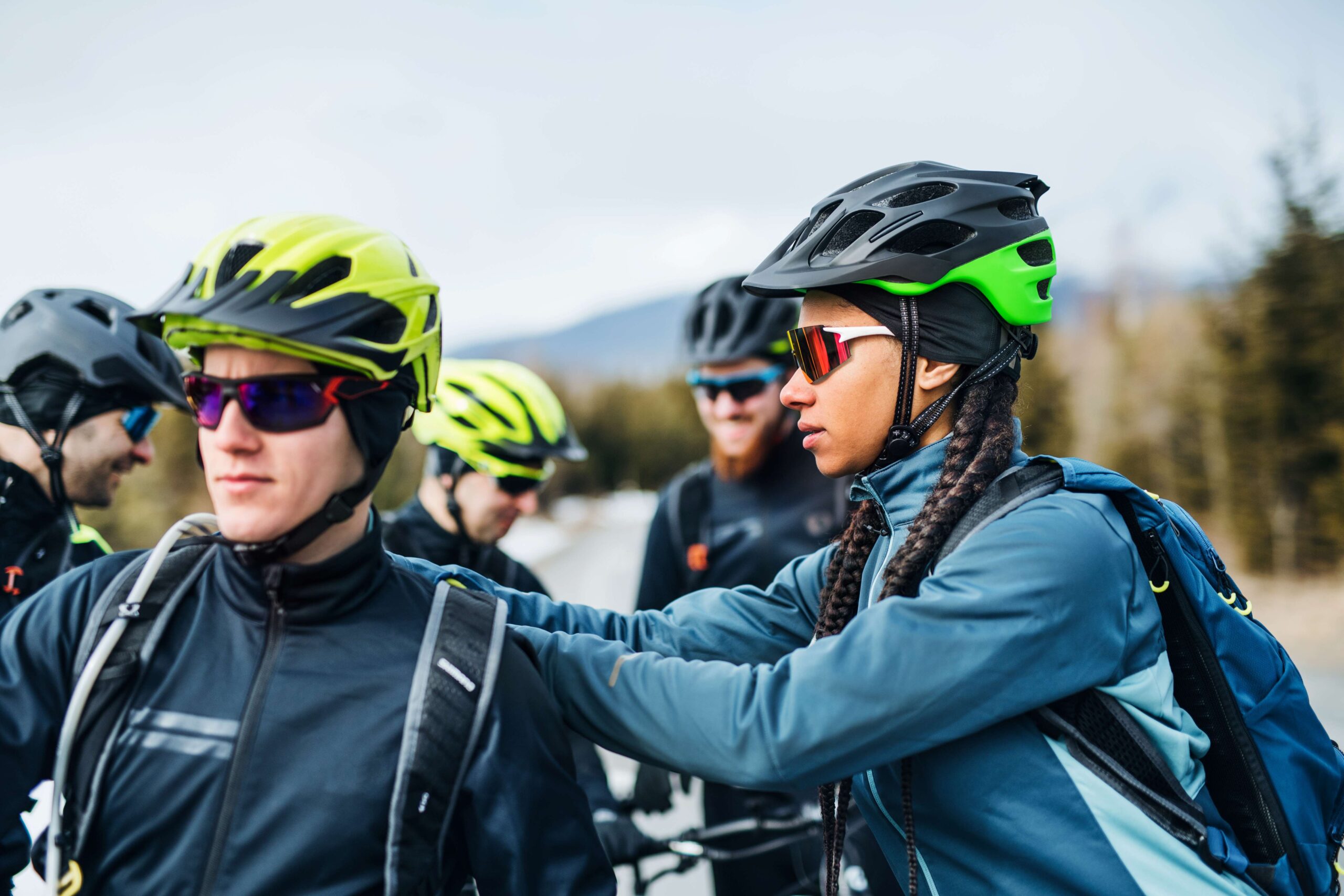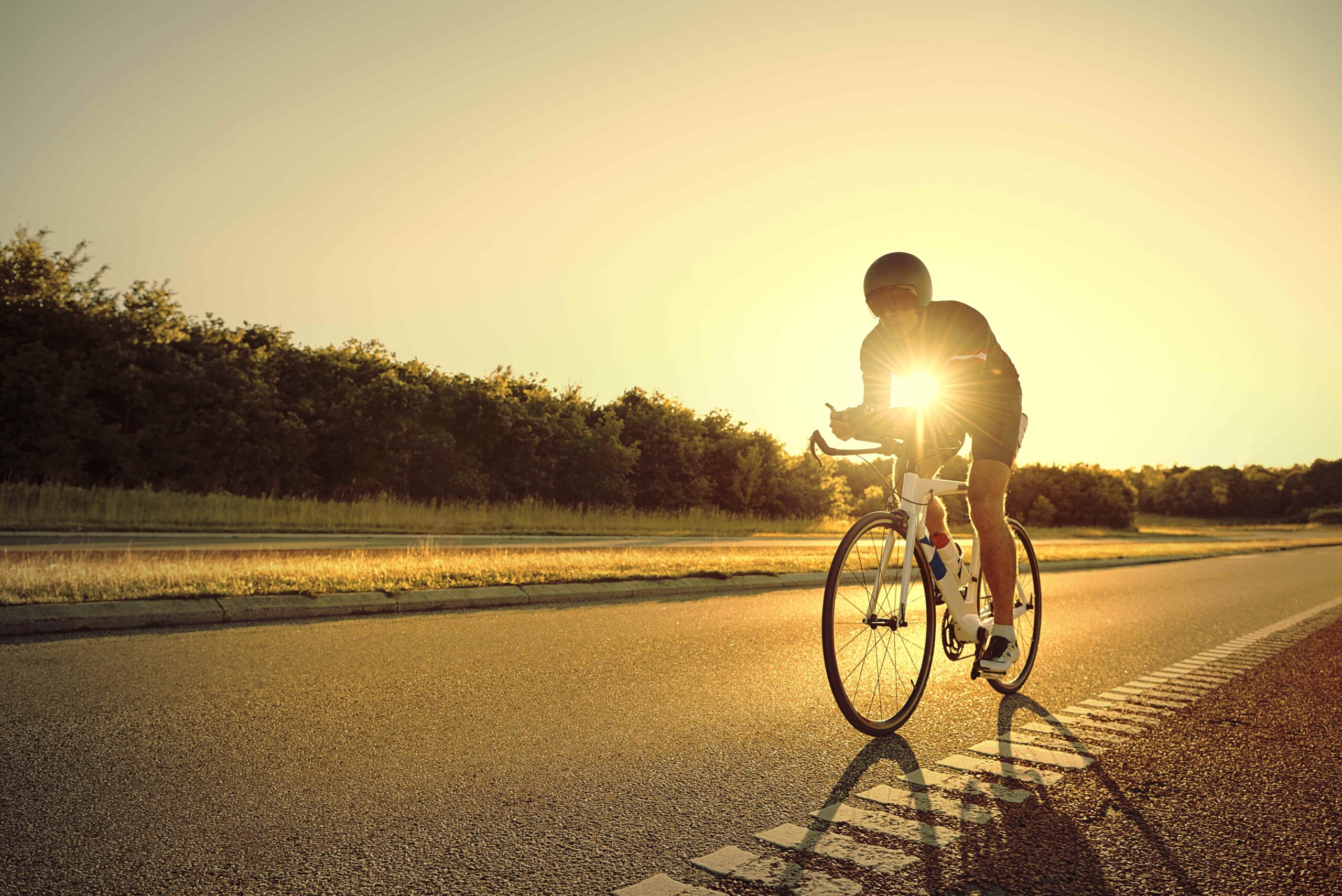Just as a football team is built around players with specialized skills, a cycling team in a stage race relies on a diverse group of riders whose unique strengths come together to achieve a common goal. Whether it’s winning the overall classification, snagging stage victories, or protecting the team leader, every role is vital. There are various types of riders in a Grand Tour, contributing to the team’s success.
Key Rider Roles in a Grand Tour
Every cycling team is a blend of talent, with each rider serving a distinct purpose. The diversity in roles allows teams to adapt to different terrains and race scenarios, maximizing their chances in a multi-stage event.
Rider Categories:
- General Classification (GC) Rider: These are the all-rounders poised to challenge for the overall race win. They are usually excellent climbers or powerful time trialists, capable of exploiting their rivals in the mountains or against the clock.
- Sprinter: Specialists in fast finishes, sprinters excel in explosive accelerations at the end of flat stages. Their skill lies in high-speed bursts during bunch sprints, often determining stage winners on neutralized finishes.
- Climber (Grimpeur): Climbers shine on steep, high-altitude mountain passes. While they might not be consistent enough for a GC battle, their prowess in mountainous terrain makes them key contenders for stage wins and the mountains classification.
- Puncheur: Known for their explosive power on short, steep hills, puncheurs launch sudden attacks that can break away from the pack on undulating terrain.
- Time Trial Specialist: These riders focus on individual efforts against the clock. Their ability to maintain high speeds over set distances makes them indispensable during prologues and time trials.
- All-rounder (Rouleur): Versatile and reliable, rouleurs are the workhorses of the team. They can chase down breakaways, support the leaders in critical moments, and often serve as road captains by making tactical decisions during races.
- Domestique: The backbone of any team, domestiques sacrifice their own ambitions to support their team leaders. They shield riders from wind, fetch supplies, and even lend their bikes in case of mechanical issues.
These roles are the building blocks of a successful cycling team. Each rider contributes in his own way, ensuring that the team remains competitive across different race stages and challenging conditions.
Team Composition and Support Structure
The makeup of a Grand Tour team is strategically tailored to meet specific race objectives. Teams with a top GC contender might load up on climbers and time trialists, while a sprinter-focused team will invest more in fast finishers and lead-out specialists. There are also opportunistic squads that emphasize breakaways and stage wins, built around riders like rouleurs and puncheurs.
Support Crew:
- Directeur Sportifs and Coaches: Responsible for setting tactics and training plans.
- Mechanics and Soigneurs: Ensure that every bike is race-ready and that riders receive prompt care, from nutritional support to post-race recovery.
- Medical Staff and Chefs: Provide essential health care and proper fueling, keeping the team in peak condition.
This intricate network of riders and support staff works in unison to navigate the complexities of a Grand Tour, making every race a testament to teamwork and specialized expertise.
Pedal Into the Strategy
Understanding the different types of riders and their roles enriches your appreciation for the strategic depth of cycling. We invite you to explore our portal further to uncover detailed race analyses, in-depth interviews, and exclusive insights into the world of cycling. Delve into our content to see how every role, from the GC contender to the unsung domestique, shapes the thrilling drama of stage races. Embrace the strategy, and enjoy the ride!
